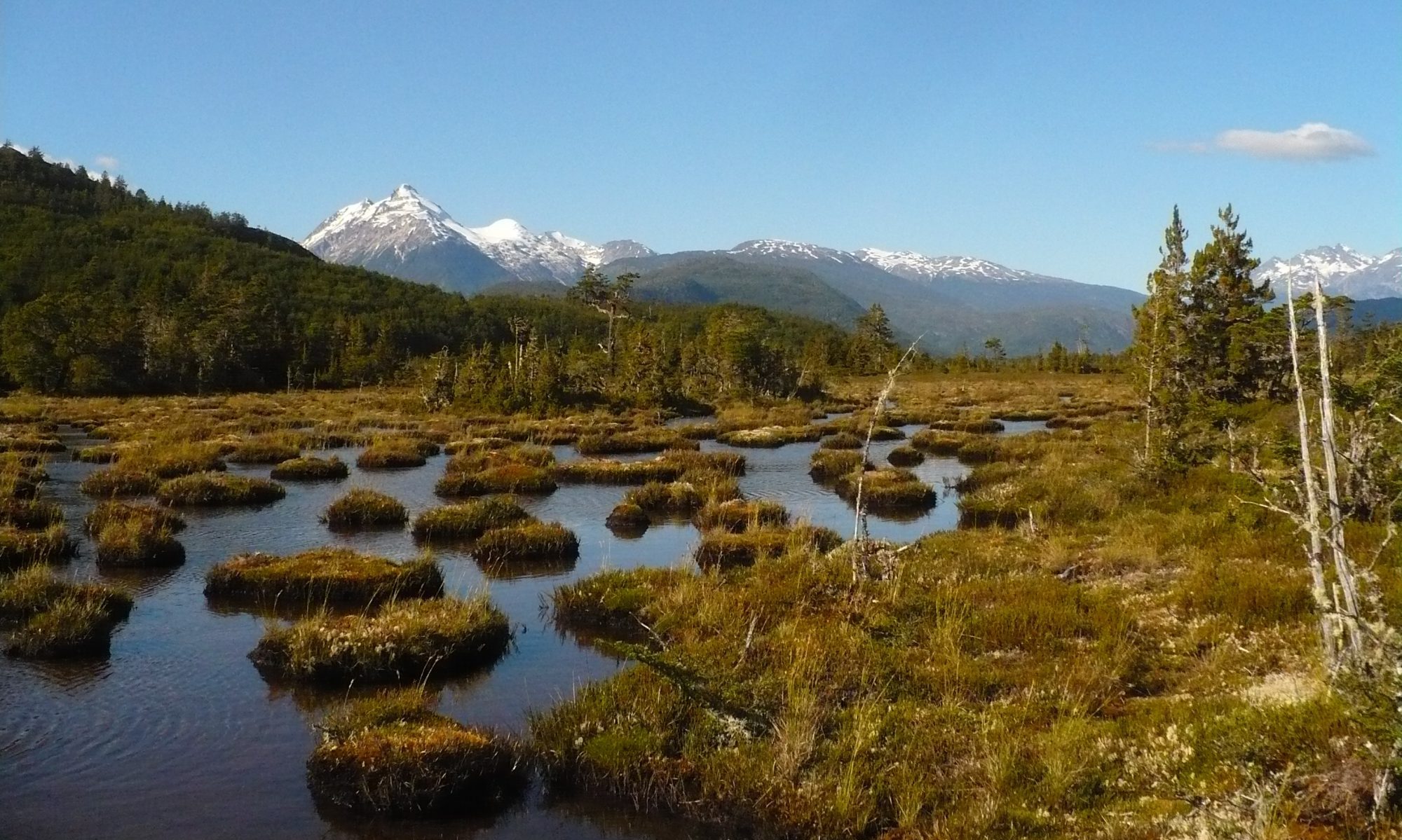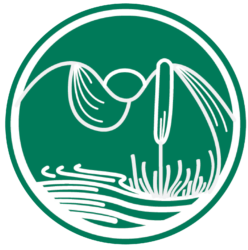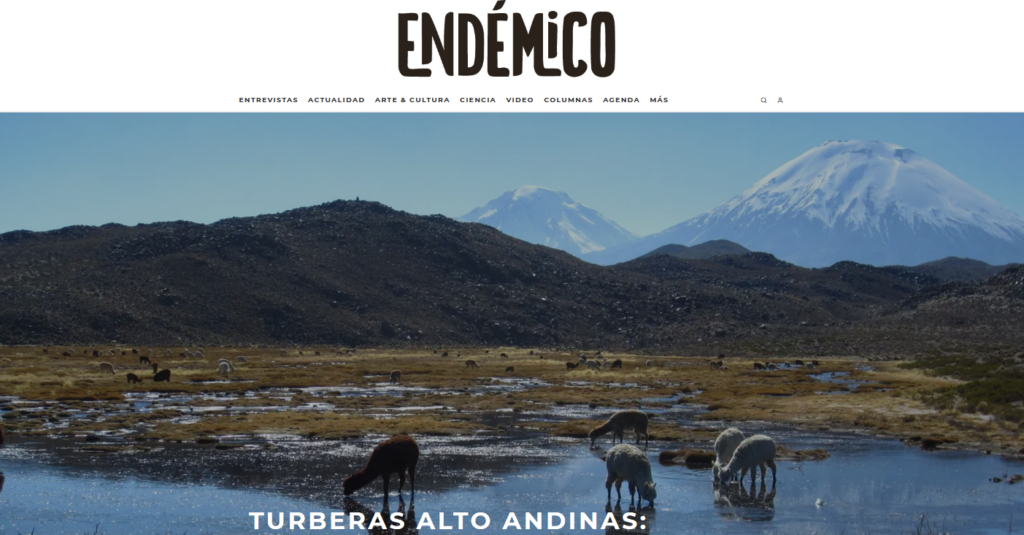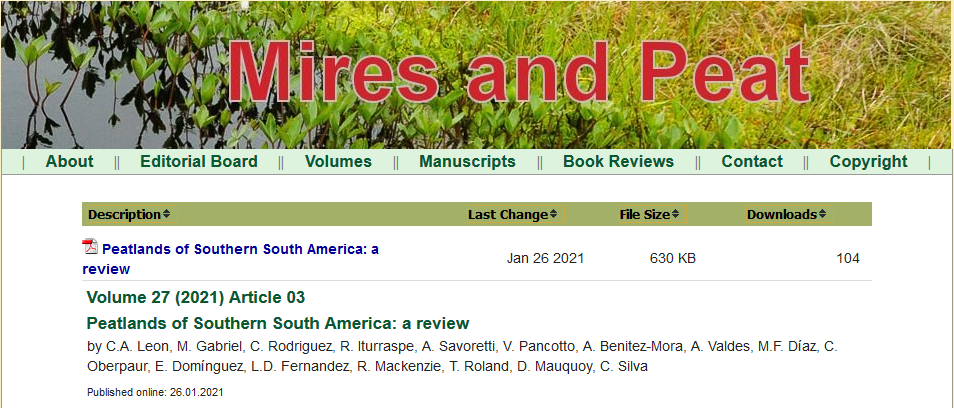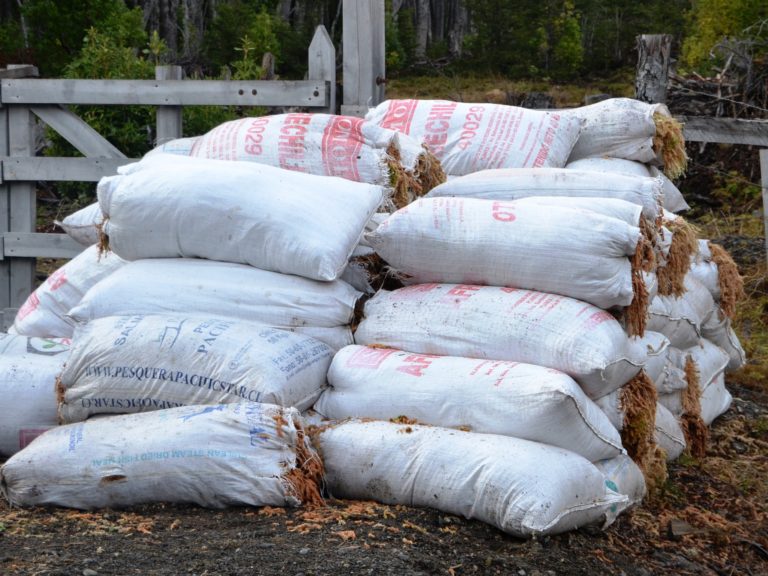- On January 11, the chamber of deputies in Chile approved a bill for the “Environmental Protection Law of Peatlands”, prohibiting in the current version the exploitation and interventions of these ecosystems. In doing so, Chile made a big step towards the mitigation of climate change and water conservation, at a moment where the country is suffering a decade of drought and right now even with a declared state of hydric emergency.
- The law was unanimously approved with 132 votes in favour and only one abstention. In the next step, the legal text will be revised by the environment committee, which is constituted by nine members of parliament. The committee can change the legal text which will afterwards be voted for a final approval in the parliament again.
- After the current ballot on the 11 of January, two documents with proposed changes, unfortunately intenting to legitimate extractive activities in peatlands.
- The first of these documents with proposed changes was presented by two members of parliament which are in favour of the Sphagnum harvest, which they call “pruning of the moss”. They demand that this activity should be authorized in sites with harvesting plans. The requirements for such a plan are based on the regulations of the “Decreto Supremo 25” (DS25). This decree is a regulation instrument which in the beginning sparked a lot of hope among conservationists, but badly disappointed expectations, after it became effective in August 2019 with many modifications, reducing its effectiveness in protecting peatlands. The DS25 defines the Sphagnum harvest as sustainable, when a plant residue of at least 5 cm remains in the ground. For the harvesters this part of the regulation is quite difficult realize, as they can’t control with certainty the size of the remaining part of the moss using their cutting tool. Moreover, this aspect is exacerbating the control through the SAG (Servicio Agrícola y Ganadero) which is the institution entitled with the surveillance of the DS25. Before the mentioned modifications, the SAG was able to control a maximum length of Sphagnum fibres in the sacks with the harvested moss (for example in the moment of exportation). Now, if they wanted to control, they would have to go to each harvesting site and measure the residual plants’ lengths.
- In addition, this regulation can have detrimental effects for the recovery of the Sphagnum vegetation. As it allows the cutting of the moss at any depth (leaving 5 cm in the ground), the regeneration of the plant will be affected. Investigations of Diaz and Silva (2012) show almost no regrowth when cut deeper than 12 cm.
- Further, the two members of parliament suggest that 30% of the Sphagnum cover of a site must prevail and that 10% must not be touched at all. However, they do not specify how this should be realized, keeping in mind that the transport is usually supported by motorized vehicles or animals.
- At last, the proposed changes designate how trespassing of the law should be penalized. The fines could be as low as 120 Euros, taking into account the income situation of the trespasser and his/her willingness to cooperate.
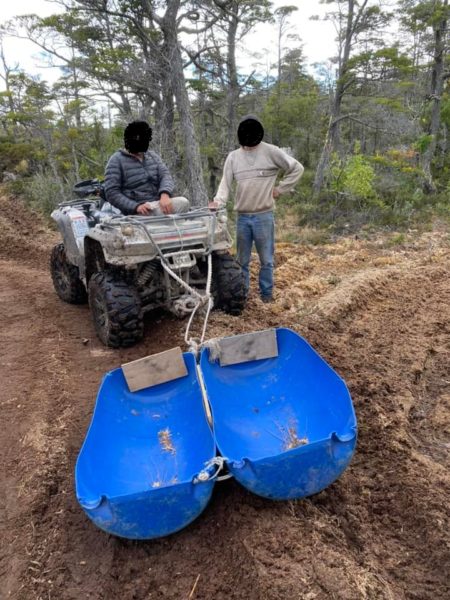
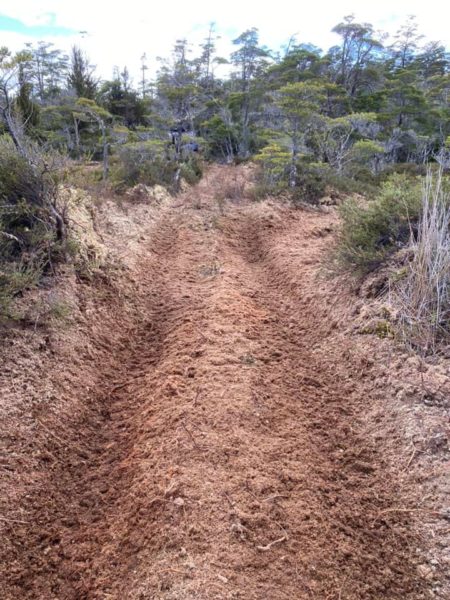
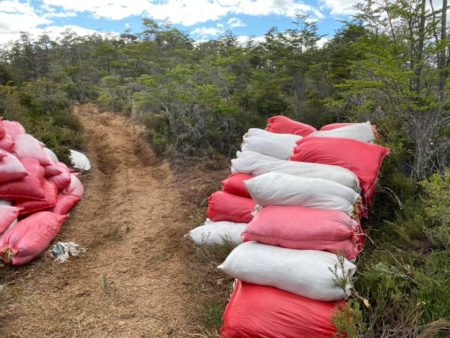
- The second document proposing changes to make in the environment committee, was signed by the ministries of environment, agriculture, mining and Sebastián Piñera, who has two months left in his function as President of Chile. They also suggest authorizing the extraction and commercialization of Sphagnum mosses from sites with harvesting plans, that should be developed according to the Ministry of Agriculture, and that should be controlled by the SAG. Even though their proposed changes state that drainage of peatlands should be avoided, they do not intent to forbid it. Moreover, they demand one year of time for the implementation of harvesting plans after the law will become effective, giving way to 12 month of rogue Sphagnum extraction. In addition they point out that mining concessions for peat extraction, given before the law becomes effective, will not be concerned by it.
- Both documents proposing changes to the law, which was approved by this overwhelming majority with a legal text aiming to give comprehensive protection to Chilean peatlands, leave aside fundamental scientific studies, for example Dominguez (2014), who shows the slow growth of Sphagnum (2,5-5 mm per year) in the region of Magallanes, where most of the Sphagnum peatlands are concentrated. Further, it is widely known how the harvesting habits induce drainage and compaction, in great parts of the harvesting sites.
- Next to these thoughts addressing technical issues of the proposed changes of the law, it is very important to consider certain aspects about peatlands and pomponales (Sphagnum covered sites without thick peat layers) and the reality in which these ecosystems are used in Chile today.
- At first, the extraction of the living (upper) layer of a Sphagnum peatland implies the loss of several ecosystem functions, for example the sequestration of carbon. The deprivation of the vegetation layer also means a loss in its function as water storage and as regulating element in the hydrological cycle. The latter is especially true for the pomponales of the Great Island of Chiloe, which decelerate superficial runoffs after precipitation events, essential for maintaining the water in the landscape. On the other side the island doesn’t count with glaciers or big rivers which could provide water during summer, and Sphagnum harvest already augmented Chiloe’s catastrophic water crises of the last years.
- In the second place, Chile has a large history of environmental destruction, backed by flexible environmental protection laws and the lack of surveillance capacities, provoking unregulated exploitation of natural resources. One example is the illegal cutting of the Alerce (Fitzroya cupressoides), a tree declared national monument in 1976, whose felling was banned by then, as worries arose that it might become extinct in future. Nevertheless, the Alerce is considered in management regulations, which allow the cutting of individuals that became burnt in forest fires before 1976. Same as in the case of peatlands, there is no land registry, of the forest fires or the distribution of the species by that time. So illegal burning of Alerce still goes on, encouraged by the flexibility of the environmental law and the lack of surveillance in the remote areas of this large country. In the case of peatlands, as to the present day no land registry exists either, giving indications about the locations, the extent and the condition of peatlands, a law allowing the extraction of Sphagnum mosses with harvesting plans, would incentivize the exploitation of pristine ecosystems! A landscape feature still common in the Chilean Patagonia, but very rare in the rest of the world.
- In the third place, the regions with the greatest peatland areas are at the same time the most isolated of the country and count with poor infrastructure. The Sphagnum harvesting is a seasonal activity generating only marginal incomes, which not always stay in the hands of the local communities. Many times peatland sites are leased by their owners to external companies who come with their own team of harvesters. In any case, most of the profit is made by the exportation of the moss, meaning the money stays in the hands of intermediaries and wholesalers. Consequently, the scenario is hard to imagine, where contemporary management plans lead to the use of low impact harvesting methods, in complete awareness and respecting the natural processes of the re-establishment of a Sphagnum layer. On the contrary. So far, the sphagnum harvest in Chile has mostly implied the destruction of intact ecosystems with incalculable costs for the future generations. A law, which gave way to a theoretically sustainable extraction practice, would in real live do nothing more than giving a green etiquette to a non-sustainable business.
- The proposed changes to the law are therefore inadequate to protect Chile’s peatland ecosystems in realistic way, with all the consequences on the national and global level.
- As a last and important point, we want to encourage a real and honest change proposal to the legal text, truly aiming for the protection of Chilean peatlands: “On the basis of a peatland registry, which has to be elaborated, none of the pristine peatlands must be affected by extractive activities or drainage, and those peatlands which have already been harmed must be subjects of restoration measures”.
- There is still hope left that the conservation groups, the environmental ministry and the scientific community press the members of parliament to vote for these measures in the final decision.
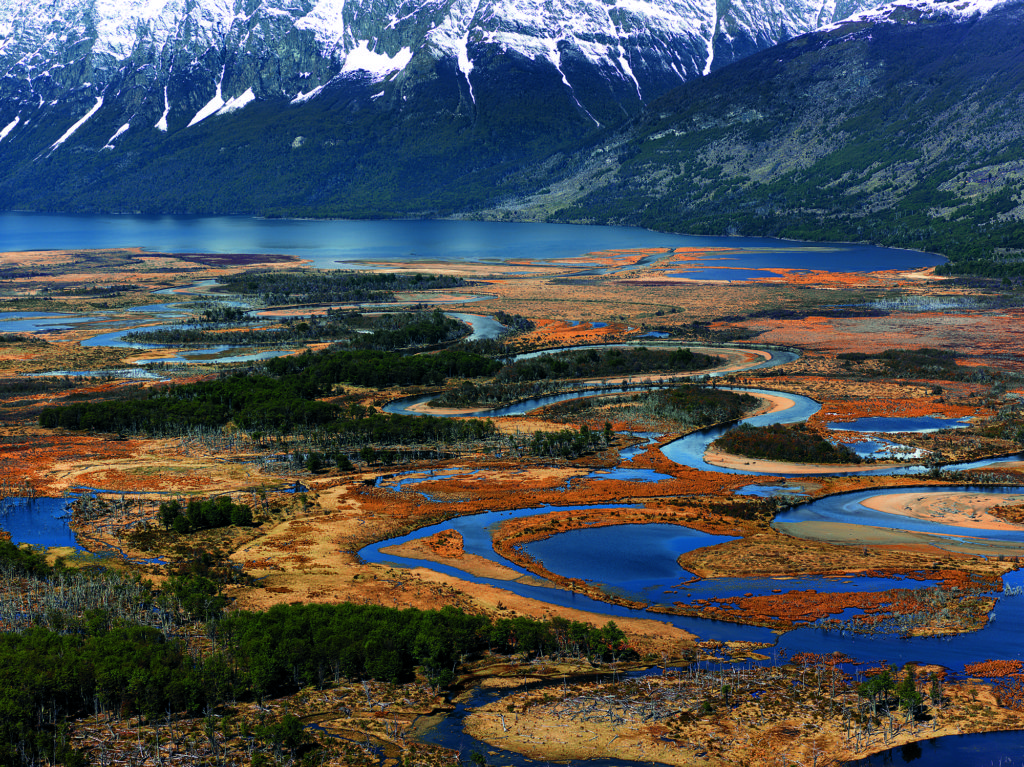
References
Díaz, M.F. & Silva, W. (2012) Improving harvesting techniques to ensure Sphagnum regeneration in Chilean Peatlands. Chilean Journal of Agricultural Research, 72(2), 296-300.
Domínguez, E. (2014) Manual de buenas prácticas para el uso sostenido del musgo Sphagnum magellanicum en Magallanes, Chile. Instituto de Investigaciones Agropecuarias. Centro Regional de Investigación Kampenaike. Punta Arenas, Chile. Boletín INIA Nº 276, 113 pp.
